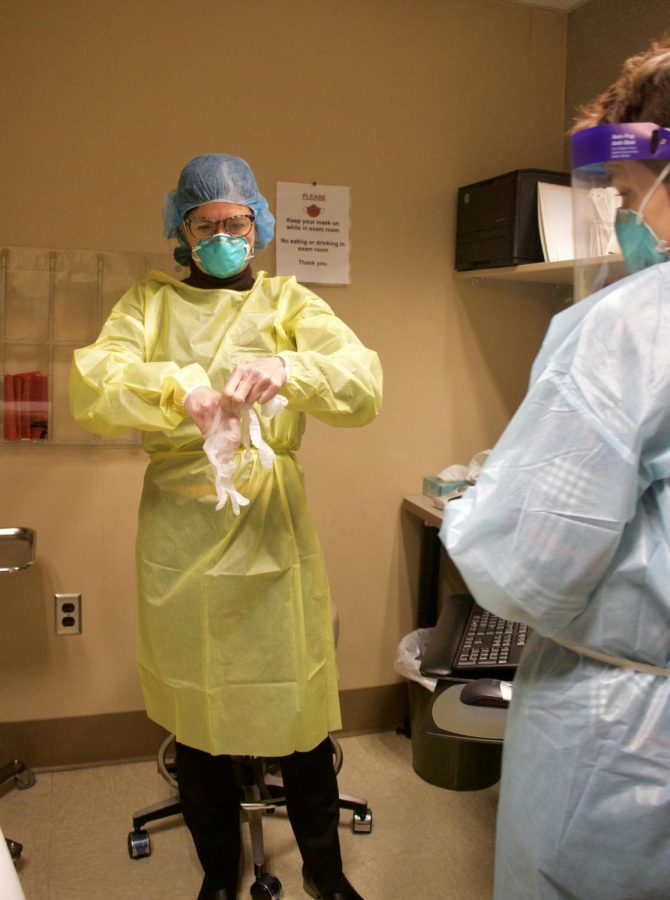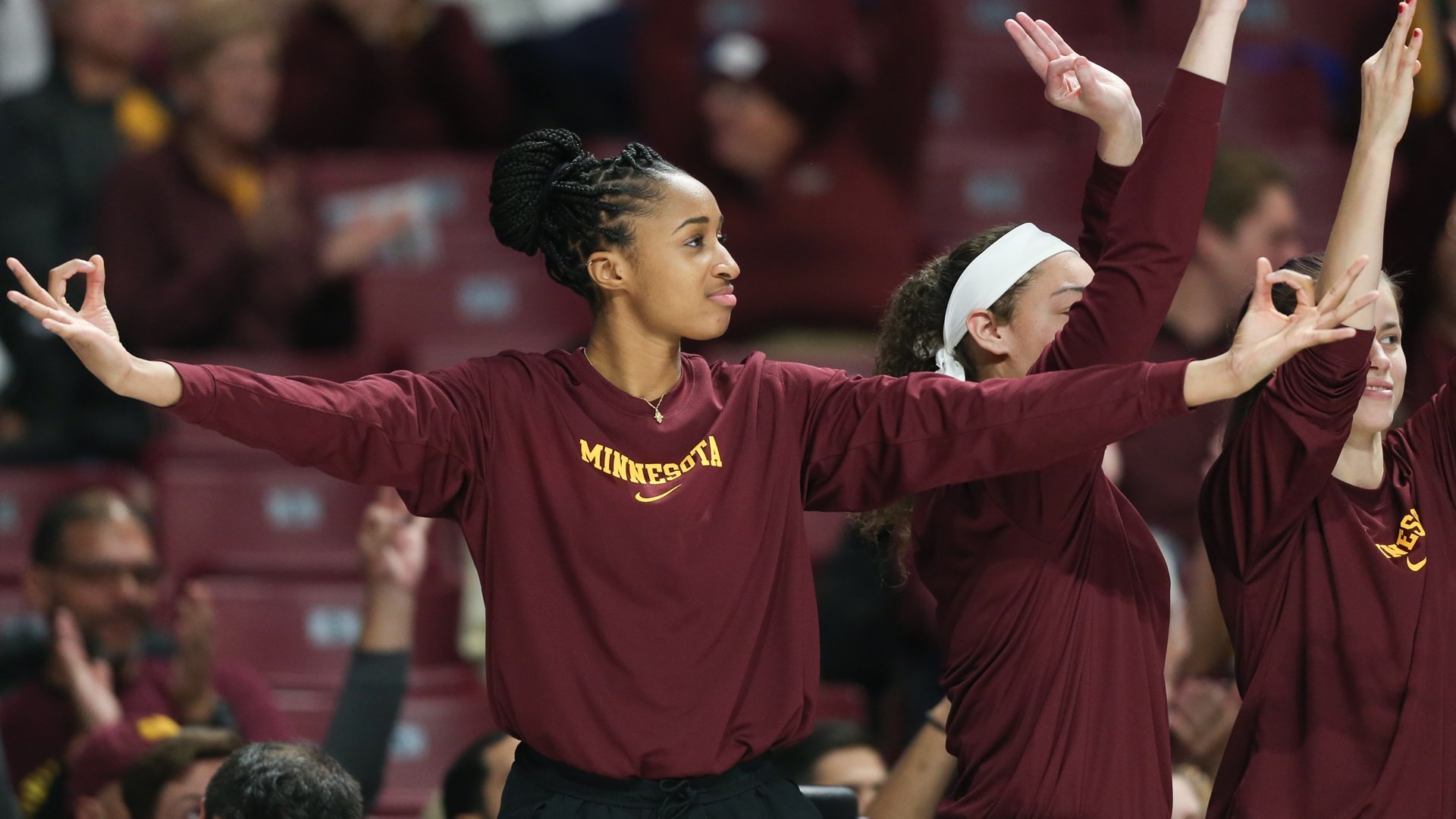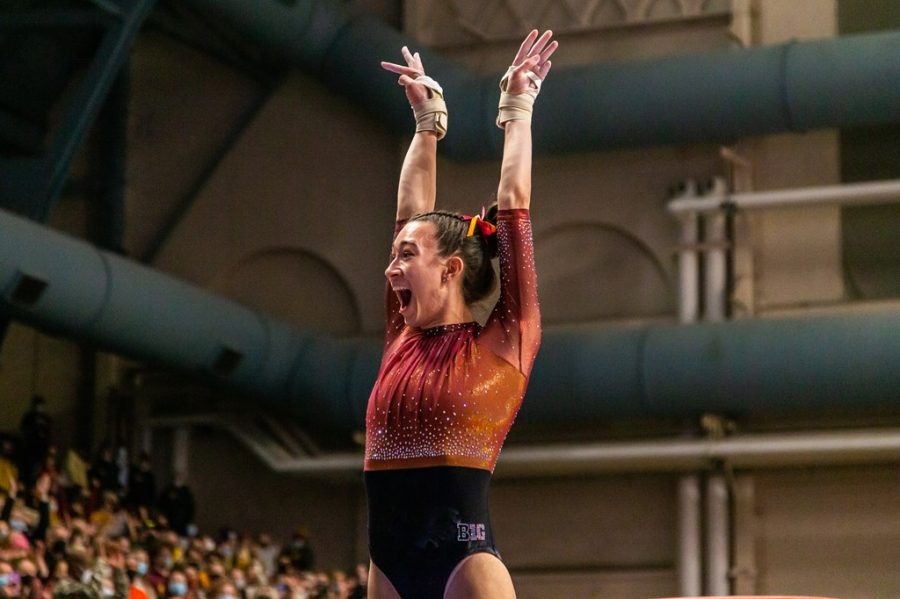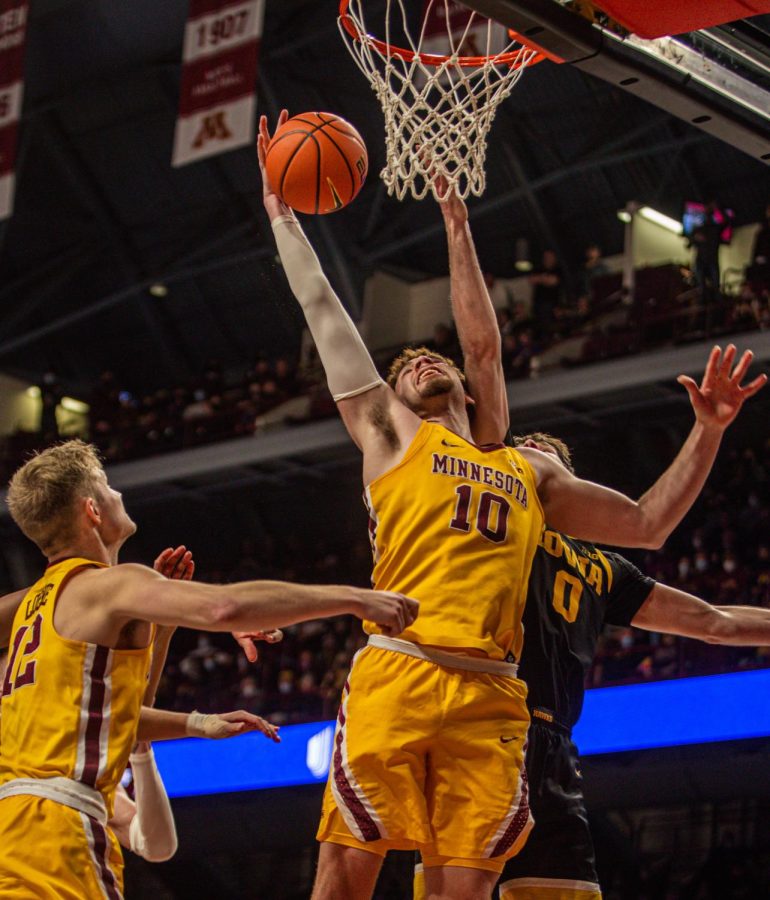It is no secret the COVID-19 pandemic has impacted the entire world, including workers at Boynton Health, the University of Minnesota’s on-campus medical center.
At the onset of the pandemic, Boynton workers pivoted to move some health services online and adapt clinical spaces for COVID-19 safety and testing. Almost two years later, workers said the most challenging aspects of the job are the increase in patients who did not receive treatment due to fear of contracting COVID-19 and the lack of predictability in the workplace.
Even with these challenges, flexibility and preparation in situations — such as a deadly pandemic — is a key part of any healthcare job, especially in uncertain and dangerous times, workers said.
“All of us in healthcare, we were always taught that there would be a pandemic. It’s not if, it was when,” said Boynton Eye Clinic Director Neelu Hira. “I felt like I knew it was coming, but I also felt like we took an oath to help people.”
When Boynton sent many workers home in March 2020, Hira began creating a new work environment so workers could continue providing necessary eye care.
“Our work wasn’t done,” Hira said. “The governor said that no routine eye exams or dental care could be provided for the first three months, but we saw urgencies and emergencies.”
Hira said four doctors returned to the clinic at the beginning of the pandemic to answer phones and questions from patients. They also received permission to treat patients with emergency cases while wearing full personal protective equipment (PPE).
“I consider that an emergency because here’s a student who can’t see,” Hira said. “We insisted that we at least be able to do that, and we were able to help a ton of people.”
Once staff and patients returned to the clinic, Hira devised a plan for social distancing in the clinic and installed plastic shields in between patients and providers since eye care providers are in close proximity to a patient’s face.
She also had to find a solution to working with lenses and glasses that fogged up because of masks, eventually deciding to tape the top of the mask to her face and the patients’ faces to reduce fogging.
Hira said the clinic also experienced an influx of patients with more severe conditions after the first few months of the pandemic because some patients delayed receiving treatment on new or ongoing issues.
“I do feel like people had delayed care or they had to seek care via telehealth and probably didn’t see an eye doctor, so then it took a little longer to take care of people,” Hira said. “If someone comes in right away, it’s easier to take care [of them].”
Deferring treatment
Boynton physician Aimee Pearce said urgent care and primary care at the clinic are also experiencing increases in patients who delayed care. These patients are now more sick than they would have been if they had felt comfortable going to the clinic earlier in the pandemic, Pearce said.
“We are seeing sicker people and poorly managed conditions that normally would have been like asthma, diabetes … people who had chronic conditions that were under pretty decent control didn’t come in for checkups,” Pearce said.
Treating these patients is not as simple and requires additional time due to the delayed treatment, Pearce said.
Pearce also said her work is more stressful because workers cannot treat patients as quickly as prior to the pandemic.
COVID-19 safety precautions, like cleaning rooms and keeping certain patients separate from others if they are immunocompromised or have tested positive for COVID-19, add an extra layer of time to the job.
“So whereas maybe we could have seen individually four people in an hour, maybe even five, now we see two or three, but there are as many people there [as before the pandemic],” Pearce said.
Dealing with changes and finding solutions
Pearce said she no longer knows what to expect when walking into the clinic and it is the “unpredictability that makes [working] more difficult.”
Pearce has worked in primary care and urgent care at Boynton for more than four years. While Boynton has always been busy and treated patients with a variety of illnesses, she said the pandemic has removed any amount of predictability from her work.
“We’re looking at the dynamic on campus, we’re looking at the dynamic in our building … and sometimes we don’t even know where we’re going to sit on a given day because the needs of the clinic change so much that we might have to be pulled to go somewhere else,” Pearce said.
Early in the pandemic, Boynton closed primary care and quickly trained providers on treating patients through telehealth. Boynton also instituted curbside COVID-19 testing, said Jill Wooldridge, a physician assistant and interim primary care director.
Boynton is currently seeing most patients in-person with specific safety protocols in place like masks, distancing and sanitizing rooms. When providers conduct COVID-19 tests and treat positive patients, they are also required to wear full PPE.
Wooldridge said she and her staff conducted the initial curbside COVID-19 tests during the first few months of the pandemic, but this became challenging when demand for tests exceeded the number of tests her staff could reasonably conduct.
“It got to the point in the late summer of 2020 where it became clear that the testing was just overwhelming, that there was no way that we could continue to do all of the testing for the University and continue to function as a normal clinic,” Wooldridge said.
This spurred the University to develop the MTest program, the COVID-19 testing at the University Recreation and Wellness Center on the Twin Cities campus.
Carisa Hrubetz, the clinical coordinator at RecWell, said determining how the testing site would operate was the most challenging part of this job.
Now that workers at the RecWell site have a year of experience, planning for the current school year was easier, Hrubetz said. For example, the site experienced an unexpected influx in test demand leading up to major holidays during the fall 2020 semester.
Hrubetz said she now knows how to plan for this demand, especially prior to students leaving campus for breaks in the semester.
“This year, we know in advance we need to plan ahead to make sure that we have available stations, we have available staff, and we’re ready to go for that,” Hrubetz said.
The mental toll
Another challenge for healthcare providers is navigating patients’ mental health along with their physical health. Isolation during the pandemic caused mental stress on patients that they continue to deal with in addition to physical illnesses, Wooldridge said.
“That isolation and that stress and the worry overlay everything, and we … continue to see it in all the patients that we see,” Wooldridge said. “In addition to dealing with [something like] abdominal pain, there’s also a level of stress that may or may not have anything to do with the reason why they’re being seen.”
Additionally, providers need to monitor their own mental health and potential burnout after nearly two years of providing healthcare during a pandemic.
“The constant protocol changes and the latest news on what’s changed about COVID … take a toll,” Wooldridge said. “There’s that balance between taking care of our patients who we’re there for, that’s our mission, and trying to make sure that we’re doing okay also.”

























